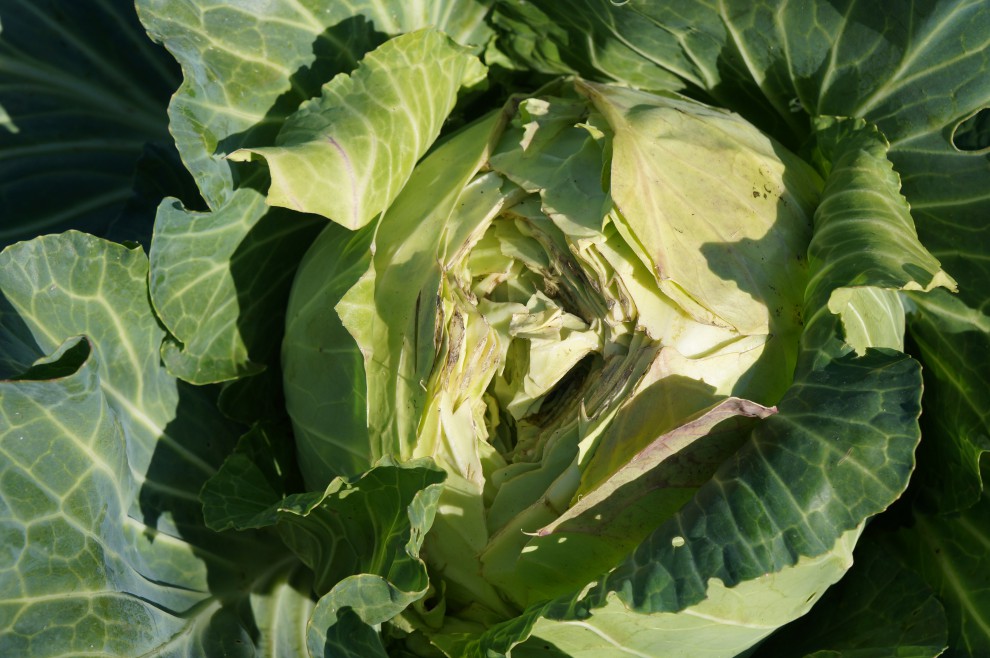
Harvesting cabbage, you can notice an unpleasant external defect on the heads of cabbage - the apical part is very cracked up to the core. This phenomenon is caused by excessive moisture, which accumulates in the leaves and causes cracking of the fork.
Content
Why does cabbage crack
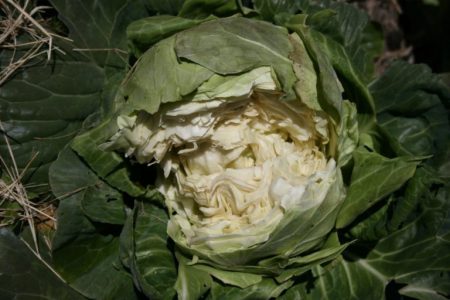
The main cause of cracking fork cabbage, is a violation of the water balance in the soil. This may be caused by:
- irregular watering;
- excessive watering;
- rainy summers;
- sudden changes in temperature;
- late harvest.
Cabbage is a moisture-loving culture; a constant influx of moisture is vital for it. A long break in irrigation, drying out of the soil and high (or low) temperature leads to a halt in the growth of the whole plant. If watering is sharply resumed, then the roots begin to intensely nourish the juicy young leaves inside the head. They begin to grow at a faster pace, while external, already formed leaves, consume moisture much more slowly. Under pressure, quickly gaining moisture, of the deciduous layers, the head becomes ruffled, then the tissues are torn, the head bursts.
The same thing happens after a change in temperature: when the degree drops to below 15 degrees or when the temperature rises to 30 degrees or more, the head stops developing. And when the weather conditions become comfortable again, there is a sharp jump in growth. The outer and inner foliage develop unevenly, which will certainly lead to the appearance of cracks.
Most often, early cabbage varieties crack. This is due to the fact that the ripened heads in growth stop, and the roots still continue to nourish the aboveground organs, supplying moisture and minerals. Leaves are oversaturated, which leads to cracking of numerous leafy layers.
The consequences of this trouble are manifested not only in the spoiled marketable form of the vegetable. Caterpillars and slugs can crawl into the cracks, eating the head of cabbage from the inside. In addition to pests, cabbage can be infected by infection - through the wounds, pathogens enter the inner layers of the fork, causing it to rot.
Affected by pests and diseases, cabbages can no longer be eaten, as well as fed livestock. They will have to be thrown out.
How to avoid cracking
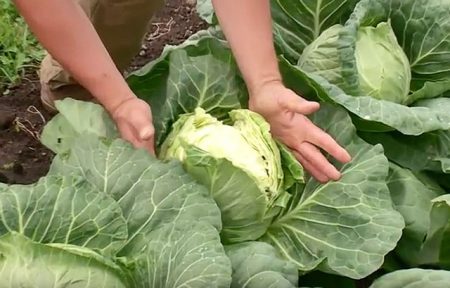
Unfortunately, it is impossible to “cure” cracking. Therefore, the gardener has no choice but to carry out preventive measures in order to prevent the occurrence of this unpleasant situation.
Regular watering
Long breaks in soil moisture should not be allowed. Cabbage is watered every 3 days, in dry times it is permissible to moisten the bed every other day.
From water drops will save drip irrigation or the location of the cabbage beds in the area with high occurrence of groundwater, close to the pond.
Water drainage device
If the soil is too dense or, on the contrary, loose, then moisture can accumulate in excess in the beds. Especially on rainy days. Therefore, it is preferable to dig shallow grooves in the row-spacing - drains along which excess water will flow.
Root cutting
It is necessary to deform part of the roots - this will reduce the access of moisture to the roots, and they will nourish less cabbage leaves. The roots can be cut with a knife or a shovel on one side of the head of cabbage. Or turn the base of the plug around the axis by a quarter circle.
The use of resistant varieties
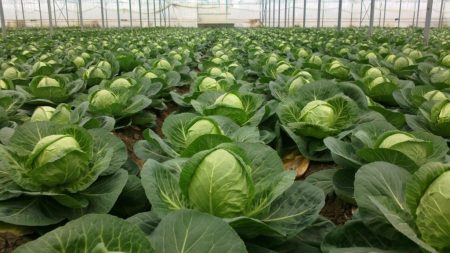
Many early types of cabbage do not burst. These include:
- June.
- Dawn.
- Express F1.
- Present.
- Aggressor F1.
- Glory 13-05.
- Rindu F1.
Cabbage of these varieties can wait for a multi-day break in watering up to 7 days.
Mulching
In arid regions, they resort to mulching beds of straw, freshly cut grass or compost. The covering material retains moisture in the soil for a long time, allowing the plant to feed without interruption.
Compliance with the nitrogen "diet"
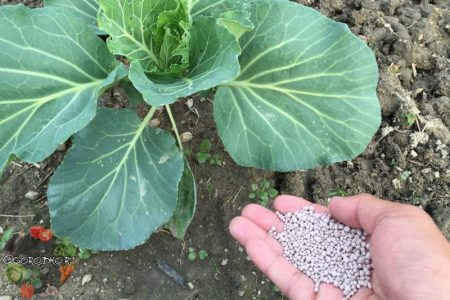
When fertilizing during the ripening of a vegetable, more attention is paid to potassium and phosphorus formulations, while the proportion of nitrogen is sharply reduced. If there is too much of this element in the soil, this can cause the formation of ever new leaves inside the head, as a result - strong pressure and rupture of leafy layers.
Timely harvest
The longer the ripened head of cabbage remains in the garden, the greater the likelihood of cracking. A large poured head of cabbage must be removed no later than two weeks after its maturation. In early varieties, mature heads of cabbage have a loose structure, so do not wait until they condense.
A couple of weeks before the harvest, watering can be fully. On top of the heads of cabbage it is worth covering with a cabbage leaf, which will protect the leaves from burning out and drying out.
What to do with cracked heads of cabbage
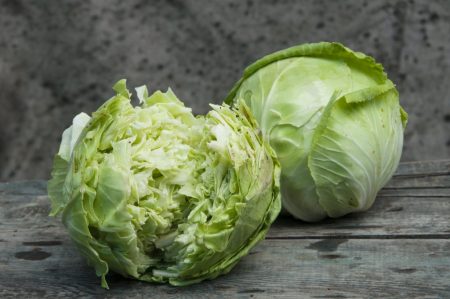
It is impossible to store bursting heads of cabbage, as they will soon rot. The only option for their use is the preparation of home-made preparations (canning, pickling, stewing, use as a filling for pies). However, you need to eat them immediately, as soon as a crack was discovered and until harmful insects or infection penetrated into it.
Conclusion
Cabbage cracking is more influenced by weather conditions, which the gardener cannot control, and, therefore, cabbage cracking cannot always be avoided. Significantly reduce the risks of an unpleasant phenomenon is possible only by observing the prevention and properly caring for the cabbage bed.

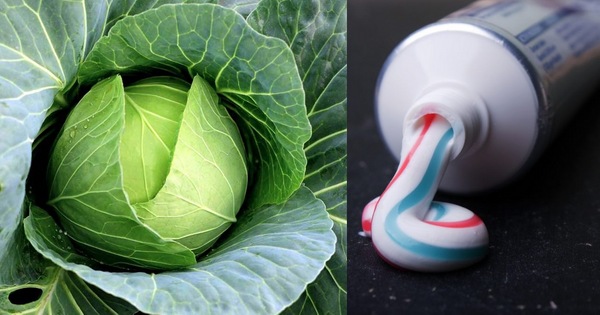
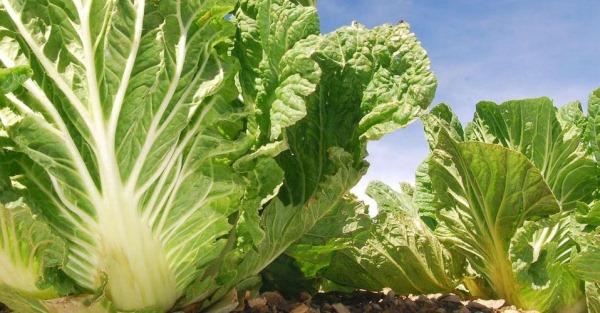
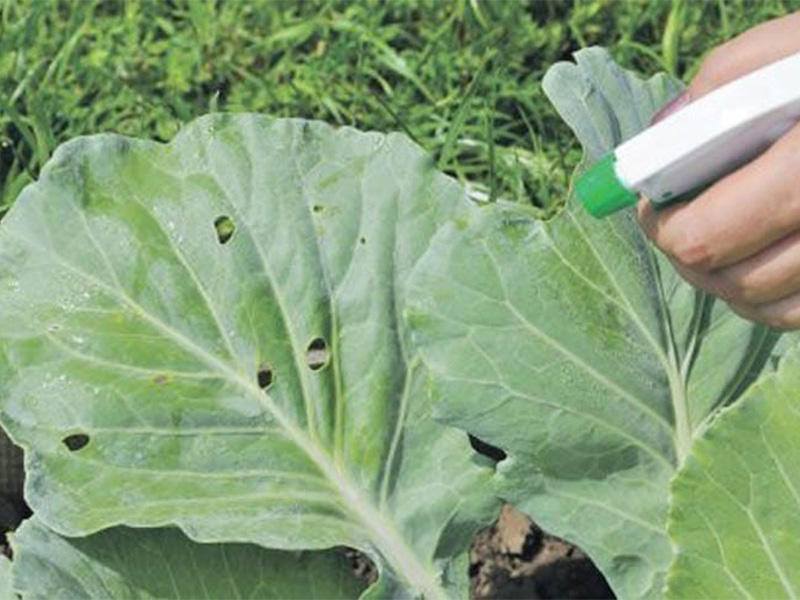
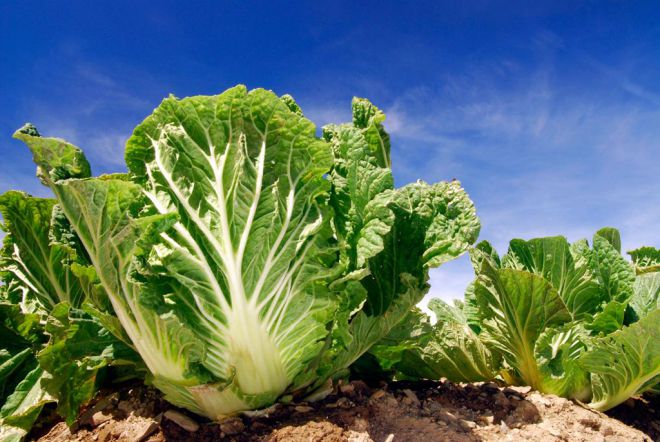 How to grow Chinese cabbage on your site?
How to grow Chinese cabbage on your site?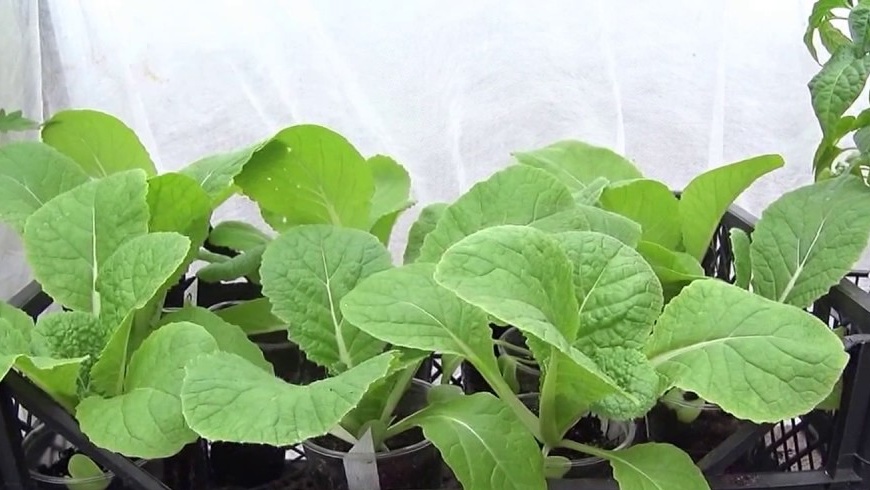 When to plant Chinese cabbage on seedlings in 2024
When to plant Chinese cabbage on seedlings in 2024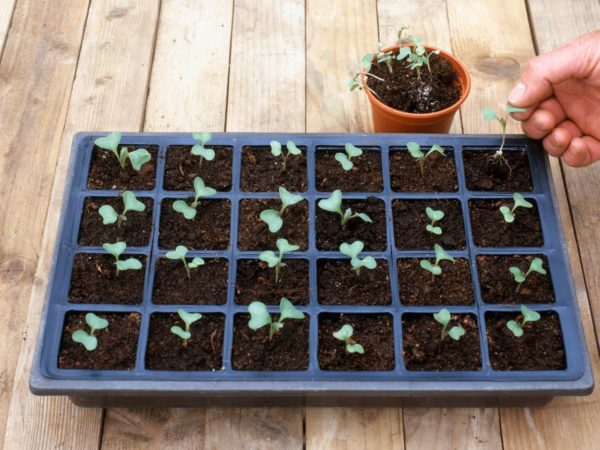 When to sow cabbage for seedlings in 2019 on the moon
When to sow cabbage for seedlings in 2019 on the moon Cauliflower: how to grow large snow-white inflorescences
Cauliflower: how to grow large snow-white inflorescences